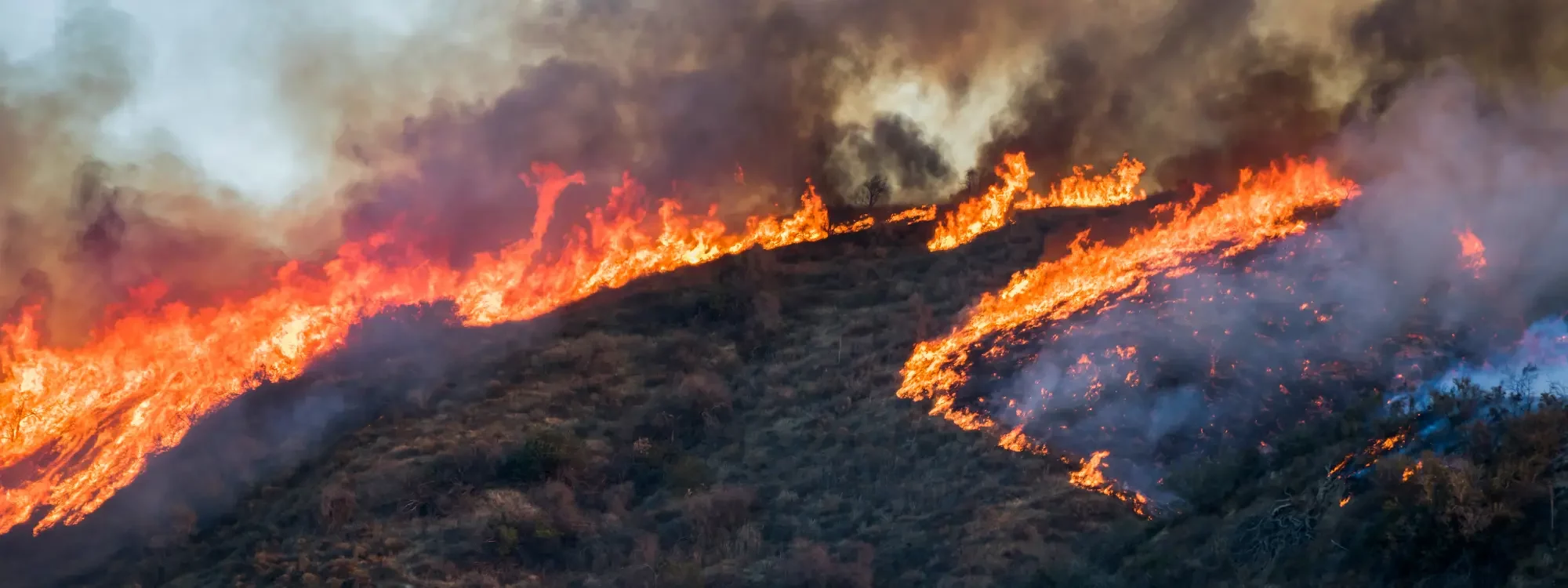Wildland fire is a general term describing non-structural fires that often occur in regions with high vegetation and burnable fuel, including trees, grasses, and shrubs. Wildland firefighting requires wildland fire suppression, management and control of wildfires, and the prevention of future fires from starting.
A few specific duties include serving as a crew member during fire break preparation and removal of certain elements like rock and brush, another is serving as a firefighter or truck conductor during suppression and controlled burns. Maintenance with clearing and trimming areas around houses and roads is another method found in wildland firefighting, to assist in wildfire spread prevention. Operations can be held on the federal, state, local, or contracting level depending on the fire localization and size. Protection and maintenance of these areas comes with sustainable forestry tactics, prescribed burns, and active fire suppression for destruction protection.
The risk of fire depends heavily on the conditions of the natural environment, including temperature, humidity, wind, rain, drought conditions, and moisture in the terrain. When these factors combine favorably for fire, it is possible for a wildfire to start, spread, and become difficult to extinguish. A few hazards that wildland firefighters face in the fire line include:
Wildland firefighters use maps, compasses, and positioning devices to assist with directional rescues and operating within remote access areas. With limited escape options and the potential for a dramatic fire route change, it is important for wildland firefighters to educate themselves on the terrain.

Because of the profession’s rigors, it is important for wildland firefighters to have wildfire gear and PPE that allows them to maneuver quickly and efficiently regardless of the terrain. Choosing wildland-specific fire gear, as opposed to full turnout gear, not only makes managing the challenging forest terrain easier, but it also protects your turnout gear investment. Wildland firefighters wear lighter lined gear with radio and GPS compass pockets, helmets, terrain-style boots, hose packs, and gloves.